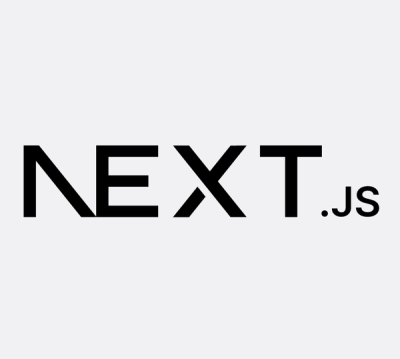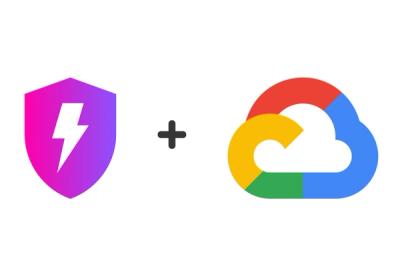
Security News
Next.js Patches Critical Middleware Vulnerability (CVE-2025-29927)
Next.js has patched a critical vulnerability (CVE-2025-29927) that allowed attackers to bypass middleware-based authorization checks in self-hosted apps.
A Language Independent 'word finding' tool, useful for stemming, tokenizing, indexing, spell checking and other common NLP tasks. Works on any human language and any unicode character set, learns from the data you give it. (Uses compression, maximum entro
A semi-unsupervised language independent morphological analyzer useful for stemming unknown language text, or getting a rough estimate of possible parses for morphemes in a word. Uses compression, maximum entropy and fieldlinguistics.
$ npm install --save ilanguage
var iLanguage = require('ilanguage');
var lang = new iLanguage();
This project is released under the Apache 2.0 license, which is an very non-restrictive open source license which basically says you can adapt the code to any use you see fit.
Sublime will manage this for you if you format (CMD+SHIFT+P, format) your code when you save. You can refer to .editorconfig and .jshintrc for specific options.
You can open the test/SpecRunner.html in an actual browser to run the unit test file(s) or breakpoint the code.
In general, you should always ensure that you have the latest Node.js and npm installed. On Mac you can do this by
brew update
brew upgrade node
Test that Gulp is installed by running gulp --version. If the command isn't found, run npm install -g gulp. For more information about installing the tools, see the getting started with Gulp guide.
npm install to install all build dependencies.gulp to build this project.Assuming that it looks something like this, you're ready to go.

Easy way
Advanced way
master branch directly.gulp watch which will run the tests as you make changes.gulp test to see the tests fail.gulp watch) to see if the tests pass. Repeat steps 2-4 until done.test/SpecRunner.html unit test file(s) in actual browser(s) (Chrome Canary, Firefox, Safari) to ensure tests pass everywhere.FAQs
A Language Independent 'word finding' tool, useful for stemming, tokenizing, indexing, spell checking and other common NLP tasks. Works on any human language and any unicode character set, learns from the data you give it. (Uses compression, maximum entro
The npm package ilanguage receives a total of 6 weekly downloads. As such, ilanguage popularity was classified as not popular.
We found that ilanguage demonstrated a not healthy version release cadence and project activity because the last version was released a year ago. It has 1 open source maintainer collaborating on the project.
Did you know?

Socket for GitHub automatically highlights issues in each pull request and monitors the health of all your open source dependencies. Discover the contents of your packages and block harmful activity before you install or update your dependencies.

Security News
Next.js has patched a critical vulnerability (CVE-2025-29927) that allowed attackers to bypass middleware-based authorization checks in self-hosted apps.

Security News
A survey of 500 cybersecurity pros reveals high pay isn't enough—lack of growth and flexibility is driving attrition and risking organizational security.

Product
Socket, the leader in open source security, is now available on Google Cloud Marketplace for simplified procurement and enhanced protection against supply chain attacks.